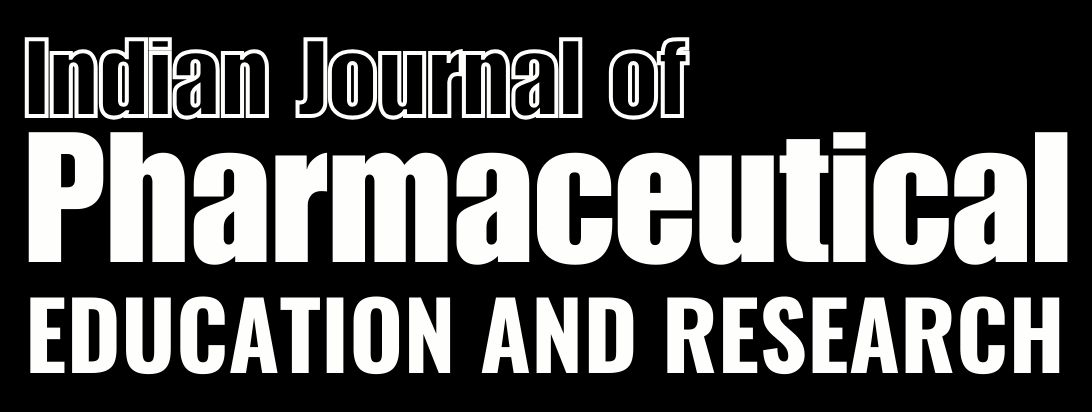ABSTRACT
Objectives
The aim of the present study is to formulate and evaluate acyclovir loaded aspasomal topical gel by using Aloe vera gel base to enhance skin permeation and reduce the associated oral side effects of acyclovir.
Materials and Methods
Acyclovir loaded aspasomes were formulated by using Ascorbyl Palmitate, Cholesterol and Chloroform: Methanol in 9:1 ratio by Thin Film Hydration Method. Phosphate Buffer Solution (PBS) pH 7.4 was used to hydrate the film obtained. The formulated aspasomes were further characterized for Drug Content, Vesicle Size, Poly Dispersibility Index (PDI) and % Entrapment Efficiency (EE). Optimized formulation of Acyclovir loaded Aspasomes was incorporated in Aloe gel base containing Carbopol 940 (1.5%). The formulated gels were characterized for pH, viscosity, spreadability, in vitro drug diffusion and ex vivo diffusion studies.
Results
32 Factorial Design (Design Expert Software) was used for the optimization study. The optimized Aspasomal Formulation (F8) showed % Entrapment Efficiency of 87.98±0.47%, Vesicle Size of 128.6±1.8 nm and Drug Content of 84.05±0.17%. The formulated aspasomal gel resulted to have a neutral pH value, with 1557±0.213 cps viscosity and 6.9±0.163 g.cm/sec spreadability. The in vitro diffusion studies (12 hr) and ex vivo diffusion studies (12 hr) revealed that aspasomal gel released the drug in the range of 0.715±0.11% to 87.48±0.42% and 63.56±0.36% respectively and that of marketed acyclovir gel released the drug in the range of 0.661±0.51% to 34.077±0.43% and 30.64±0.62% respectively, indicating the enhanced skin diffusion of aspasomal gel revealing that the formulated aspasomal gel is a better carrier than the marketed gel for transdermal application.
Conclusion
Optimized Formulation (F8) showed better results in terms of vesicle size, % EE and drug release. Formulated aspasomal gel showed optimum results in terms of pH, viscosity, spreadability and percentage drug release. In vitro studies and ex vivo studies conclude that acyclovir loaded aspasomal gel revealed controlled drug release than the marketed gel (12 hr). The stability studies indicated no significant change in physical characteristics.


